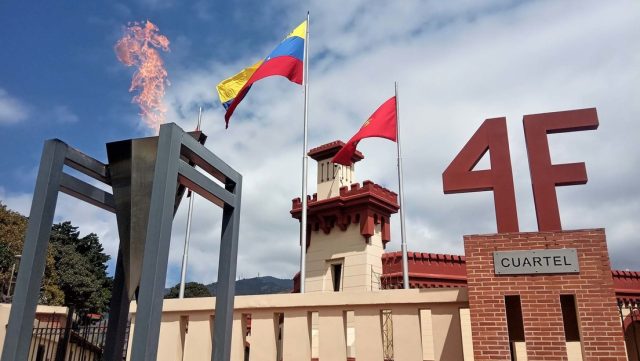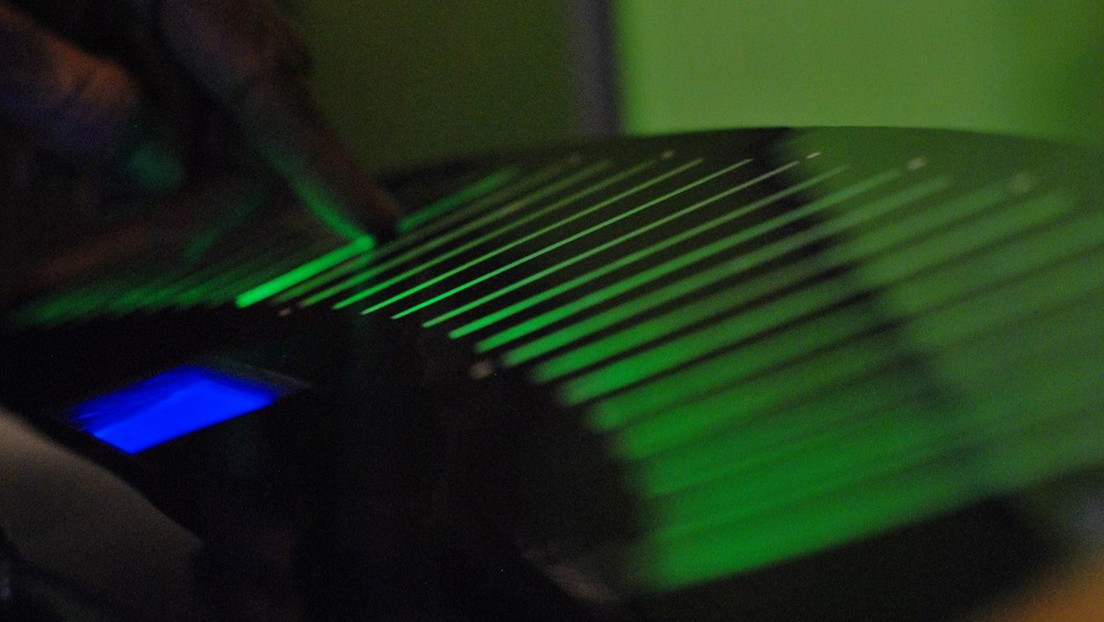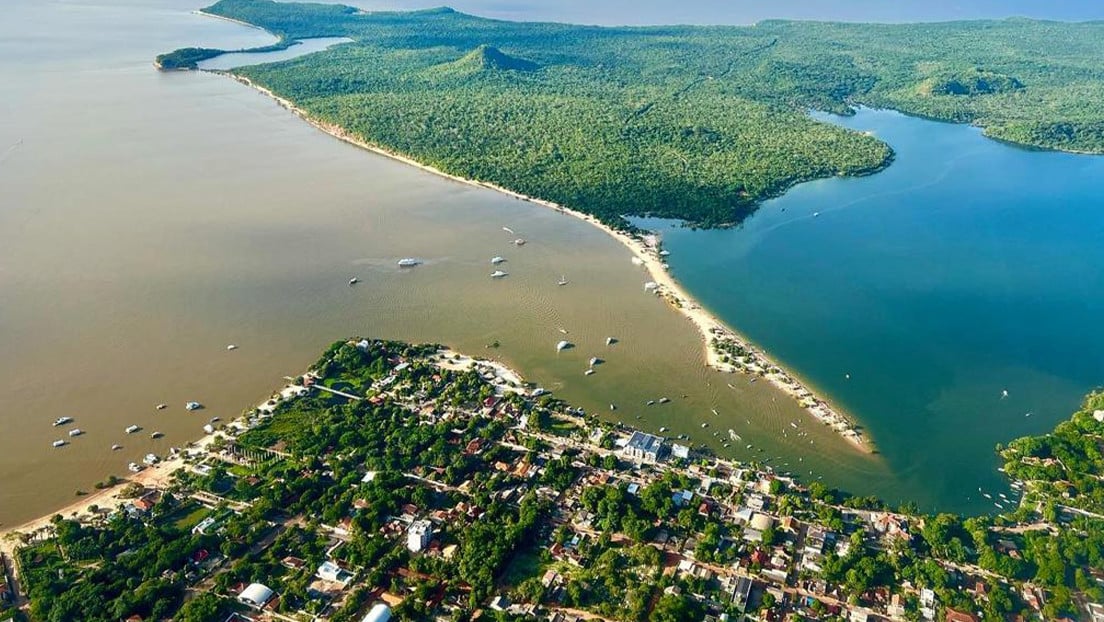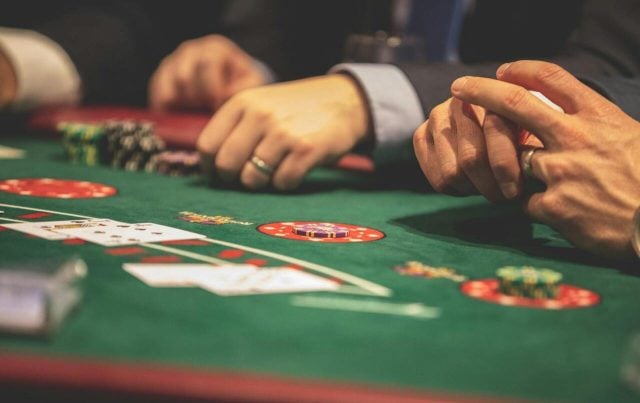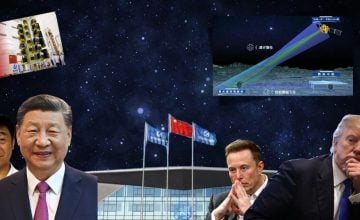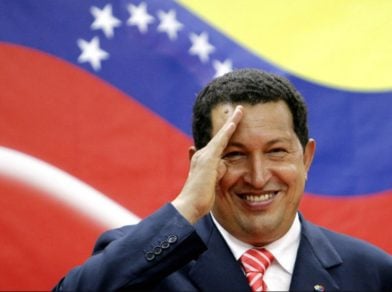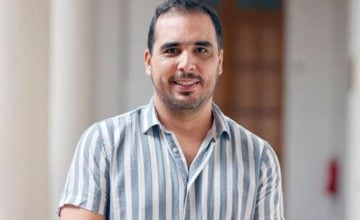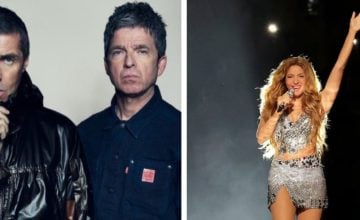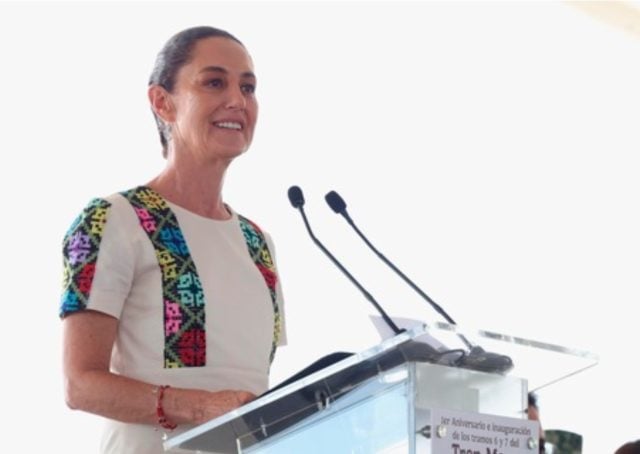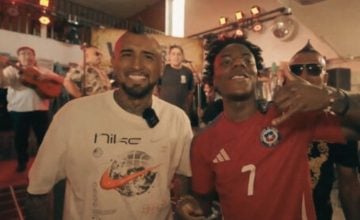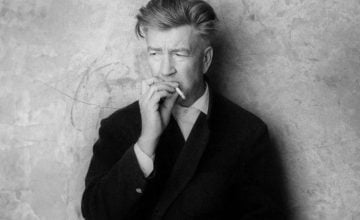The Cuartel de la Montaña 4 de Febrero is an iconic military fort installed in one of the largest popular areas of Caracas, which functions as a historical museum and since 2013, houses the Mausoleum of Commander Hugo Chávez.
This week, the old military base became the focus of the activities to celebrate 30 years since the military rebellion of February 4, 1992 (4F), the date that marked the beginning of the Chavismo as a rebellious political force.
It was inside this fort, where the then Lieutenant Colonel Hugo Chávez commanded the soldiers who assumed the insurgency to overthrow President Carlos Andrés Pérez, in reaction to the difficult economic and social situation that the country was experiencing.
What happened on 4F?
In the early dawn of the 4th of February 1992, the news spread throughout Venezuela that a group of soldiers had rebelled against the Pérez government. There were no cell phones or social networks, so people waited for some advance on radio or television because the written press could only be read the next day.
In the rest of the country, there was no certainty about what was happening in Caracas during the early hours of February 4. However, the television images showed a military tank trying to open the door of the Miraflores Palace, the seat of the Venezuelan government, and then a couple of messages from President Pérez assuring that everything was under control.
In the houses, constantly, the telephones rang. Each call was a different version, in many they said that the coup had been successful and that Pérez was in prison. There was also communication between the relatives of the soldiers who were involved in the coup, who warned that the objective had not yet been achieved and that the lives of the rebels were in danger if they failed.
The country was in suspense. A large part of the population, although tense, expressed hope, as the long-awaited departure of the unpopular government of Pérez —which three years earlier had faced the social outbreak of February 27, 1989, known as «El Caracazo»— was at hand.
In some provinces, the rumors spread quickly and gave a fair glimpse of what was happening. It was said that some states were already controlled by the insurgent military, but the information on Caracas was still unknown.
The long hours of tension ended when it was reported from Caracas that the rebels had been contained, including the leader of the insurgents, who commanded the operation from the Cuartel de la Montaña, in the popular 23 de Enero parish, a strategic location that is located on a plain with a view of all of Caracas, and especially towards Miraflores.
Chavez’s «for now»
Given the anxiety that permeated the country, government authorities had to resort to the media to put an end to the insurrection, since there were still rebel commandos in other regions. The televised call, which was broadcasted on the national network, was not carried out by any official from the Pérez government but by the commander of the rebels: Lieutenant Colonel Hugo Chávez.
The objective of the Pérez government was for the leader of the rebellion to urge the revolted military—who were still in battle—to surrender. What Pérez’s officials did not foresee was that those seconds on television, that they allowed that hitherto unknown soldier, would translate into a turning point that would change the history of Venezuela.
Several officials from the Pérez government appeared in the cameras, including Vice Admiral Elías Daniels Hernández, who asked the journalists, who were covering the information in Miraflores, not to ask the rebel leader questions, who was still wearing his battle uniform and his red beret.
«First of all, I want to say good morning to all the people of Venezuela and, this Bolivarian message is addressed to the brave soldiers who are in the Aragua Parachute Regiment and in the Valencia Brigade: Comrades, unfortunately, for now, the objectives that we set for ourselves were not achieved in the capital city, that is to say, we here in Caracas, were not able to control the (political) power», said Chávez at the beginning of his speech, a phrase that he left in the collective consciousness, in the midst of a severe crisis that was marked by deep inequality, poverty and government corruption.
He then added: “You did very well over there, but it is time to avoid more bloodshed. It is time to reflect and new situations will come and the country has to definitely move towards a better destiny. So take my word for it. Listen to Comandante Chávez, who sends you this message so that you please reflect and lay down your weapons because, in truth, the objectives that we have set for ourselves at the national level are impossible for us to achieve. Comrades, listen to this message of solidarity. I thank you for your loyalty, I thank you for your courage, your generosity, and I, before the country and before you, assume responsibility for this Bolivarian military movement. Thank you very much».
Why was Chavez’s speech successful?
The Venezuelan academic, professor, semiotician and writer Manuel Bermúdez, who died in 2009, analyzed years ago the speech of the leader of the Chavismo in an article entitled «The ‘for now’ of Commander Chávez». In his explanation, he highlights that although the message «did not exceed 175 words and 30 seconds», his words gave the country «a whole wave of admiration that is summed up in the verbal phrase: ‘for now’, which is used in the popular speech as a flag of sympathy and hope».
Bermúdez highlights that Chávez managed to put together a speech of various times and multiple meta-messages, which were not only addressed to his comrades-in-arms, whom he praised as «brave», but also to a marginalized population, who felt encouragement and hope in his words.
«The syntagm ‘for now’, which by itself does not express another meaning than that of ‘approximate time’, within the verbal and historical context of the discourse, is loaded with meaning and hope. That is why he adds later: ‘And new situations will come. The country has to definitively move towards a better path’”, explains Bermúdez.
He pointed out that Chávez, as a speaker, «occupied a very special space and time. In the paratrooper’s uniform, and the firm posture that he maintained in the midst of Vice Admiral Daniels and the other high officers of the Armed Forces, he did not seem defeated, but victorious».
Regarding this, the current Minister of Defense, Vladimir Padrino López, highlighted in one of the activities on the occasion of the 30th anniversary of February 4, that the words of Chávez and his deed, together with the other comrades-in-arms, were the seeds of what is known today as the «Day of National Dignity».
«That burning flame of the 4F will be inextinguishable in our soul, heart and reason, that is why we must rescue the original roots, keep alive the free spirit and the ideas of the commander. Let’s follow the path of victory, dignity, equality and hope, let’s be that dream incarnate of Bolívar and show what we are made of», said Padrino.
The 4F Barracks
The ‘Cuartel de la Montaña’, now called «February 4» or «4F» has more than a century of history dating back to 1903, when President Cipriano Castro ordered the construction of the Military Academy of Venezuela for the training of officers. It was inaugurated on May 23, 1907 on a hill near El Calvario, known as La Planicie, and at that time, it was the largest military base in Latin America.
It functioned as a Military Academy until 1950, except for a few years (from 1928 to 1937), when the school was moved to Maracay for «political-military reasons». Then it remained as an educational facility until 1950, the year in which it became the headquarters of the Ministry of Defense, and in 1981 it was transformed into the Historical Military Museum.
The emblematic fort got the name «4F» as a result of the military insurrection carried out by the rebels led by Chávez and gave rise to the Chavismo, a political and popular movement that years later led its leader to win the presidential elections.
After his death, on March 5, 2013, the Cuartel (barracks) became the site for the Mausoleum of Comandante Chávez, which is reached just after passing the hall of the flags and the door that leads to the central patio of the fort.
The sarcophagus, which is always escorted by four honor guards, is on the «Flower of the Four Elements», a work designed by the Venezuelan architect Fruto Vivas, inspired by fire, wind, earth and water, and which symbolizes the flourishing of the ideals of the country.
In the corridors, there are several rooms alluding to Chávez, that show his life beyond that of the political leader. They tell stories of his childhood, his family, the historical leaders who influenced him, his favorite sport: baseball. There are also works, gifts, photographs and objects that he used, and highlights of Venezuelan military history are reviewed.
The entry to the Museum and it is open to anyone who wishes to visit it. Among its daily activities is the firing of a blank ammunition charge, at 4:25 in the afternoon —time in which Chávez died— a symbolic act that is carried out from a terrace that overlooks the Miraflores Palace and that honors the Commander.
Mrs. Herminia Díaz, who was in the Cuartel this week, told RT that she always visits Chávez to thank him for the home she gave him and to ask him for the well-being of the country. «Chavez accompanies us, he is here, with his energy and protects us, he is still alive in us and in the good people. It will take a long time for a leader and human being like him to exist again».
